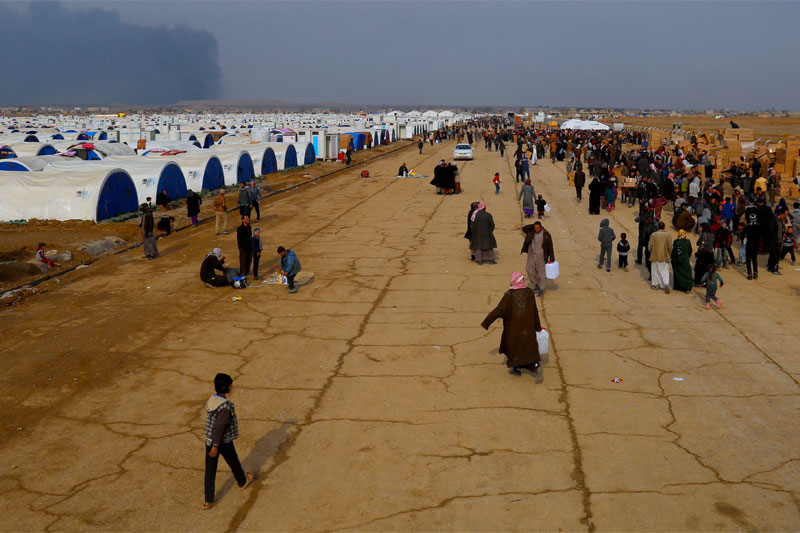As the Iraqi Government celebrated its final victory over ISIL this week, IOM, the UN Migration Agency, released a new study, which shows that 90 per cent of displaced Iraqis are determined to return home. This is similar to the long-term intentions recorded in 2016.
More than 1.3 million internally displaced persons (IDPs) have returned to their places of origin so far in 2017. In total since the start of the crisis in 2014, IOM estimates that more than 2.8 million displaced Iraqis have returned, while more than 2.9 million people remain displaced.
The IOM study, Integrated Location Assessment (ILA) analyzes both displacement and return movements of conflict-affected people across Iraq. Approximately 2.1 million displaced persons and more than 1.6 million returnees, based in 3,583 locations across Iraq, have been covered in the assessment, which was carried out between March and May 2017.
Only in Basrah and Najaf did families report that they consider integrating into the local community, where they are displaced.
According to the findings, Anbar was the single governorate where most returns took place in both 2016 and 2017, followed by Ninewa in 2017.
Among the main findings, this study identifies that residential and infrastructure damage is widespread. Nearly one third of returnees are reported to have returned to houses that have suffered significant damage, and 60 per cent to moderately damaged residences. Regarding infrastructure, most damage appears to affect roads, followed by the public power grid and water networks.

